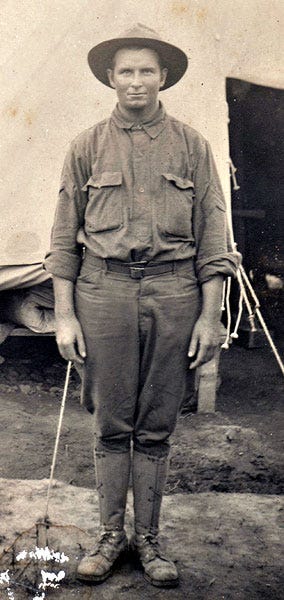When we think of Alabama’s military history we most often think of The Creek Indian War and the Civil War, we think of names like Andrew Jackson and William C. Oates we think of Horseshoe Bend and Gettysburg. What doesn’t come to mind is WW1 yet the First World War produced one of the greatest battles in Alabama’s history.
"In time of war, send me all t…





